Computer-aided maintenance management (CMMS) aims to optimise the management of maintenance activities within companies, by offering dedicated IT solutions. However, although CMMS is a tool that is widely used and appreciated by IT professionals, it is constantly evolving to meet the sector’s growing needs.

With this in mind, mobility is emerging as a major challenge for users. It offers new perspectives and possibilities, enabling technicians and maintenance managers to access information and manage tasks more conveniently and efficiently. Let’s take a look at how mobility is transforming CMMS: practical and economic benefits, increased traceability, and improved management of maintenance in the field.
Simplify maintenance with smart adaptation
CMMS is evolving to meet the needs of users in an increasingly mobile world. The aim of mobile CMMS is to offer users the same functionalities and facilities on their smartphones and tablets as they enjoy in their personal lives.
Mobility offers undeniable advantages in terms of time, convenience and productivity. Thanks to easy-to-use applications, users can be more efficient and responsive in their maintenance tasks. Mobile CMMS enables better management of maintenance work, which in turn improves the quality of operations. The ergonomics of the smartphone application make it easier to use in the field, enabling technicians to carry out their tasks more fluidly and intuitively.
Mobility offers significant economic benefits. By avoiding the need to provide user licences to subcontractors, companies can make substantial savings. What’s more, the reduction in training requirements thanks to an intuitive user interface minimises the costs associated with teaching and familiarising users with the system. I’ll come back to this point later.
Improving maintenance management in the field
Mobile applications are largely driven by demand from users in the field. By adopting an application on a smartphone or tablet, operatives can benefit from features that make their tasks easier and reduce errors when on the move. The use of QR codes is proving particularly useful, enabling work orders or service
requests to be generated easily via a smartphone. This simplified approach encourages optimised management of teams and rounds, maximising the efficiency of the work to be carried out.
To take another example, this notion of mobility takes on its full meaning when it comes to warehousemen. They play an essential role in managing stocks and orders, and have a crucial need for traceability to ensure rigorous tracking. Mobility combined with technologies such as QR Codes offers an effective solution,
enabling automated, simplified management and improved traceability.
One of the major advantages of using mobile maintenance is the ability to focus on the essentials. By using mobile CMMS applications with pre-filled fields, users can quickly access the relevant information and enter the required data with ease. This saves time, avoids data entry errors and ensures more accurate
management of interventions.
Finally, the objective is clear: to ensure that the right person gets to the right place, at the right time, with the right tools! In this way, mobility becomes an essential pillar for optimising maintenance operations and ensuring that facilities run at optimum efficiency.
Simplifying subcontracting
Managing maintenance subcontractors can often be a challenge. It is often necessary to provide subcontractors with the same maintenance software used by the company, so that the work carried out can be effectively monitored and supervised. This generally involves training the subcontractor or even the whole
company in the use of this specific software. By making outsourced maintenance simpler, smoother and more efficient, mobile CMMS adds real value to the outsourcing process.
That’s where mobile CMMS comes in, offering an innovative solution for simplifying and optimising subcontracting management. It becomes possible to manage the CMMS without having to be trained in all the technical aspects involved. The customer can generate all the work to be managed, for example
by planning in advance, and pass it on to the technicians at the right time.
They can then carry out their maintenance actions, receive the necessary information on their smartphone and fill it in directly via a dedicated application. All this is done in a harmonised and automated way in the customer’s main software.
Workers can concentrate on their work without having to worry about the technical or administrative constraints associated with using the main software. What’s more, this approach facilitates communication and collaboration, encouraging a fluid exchange of information in real time.
Mobile CMMS offers considerable advantages in terms of practicality, responsiveness, quality of interventions, cost optimisation and traceability. By adopting this approach, companies can simplify and streamline their maintenance processes, improving their overall productivity and efficiency. Today, this seems obvious, but in the field, we are still a long way from having all maintenance staff equipped with a functional mobile CMMS.
Expert interview – Guillaume Pavageau, Consultant at Siveco Group





